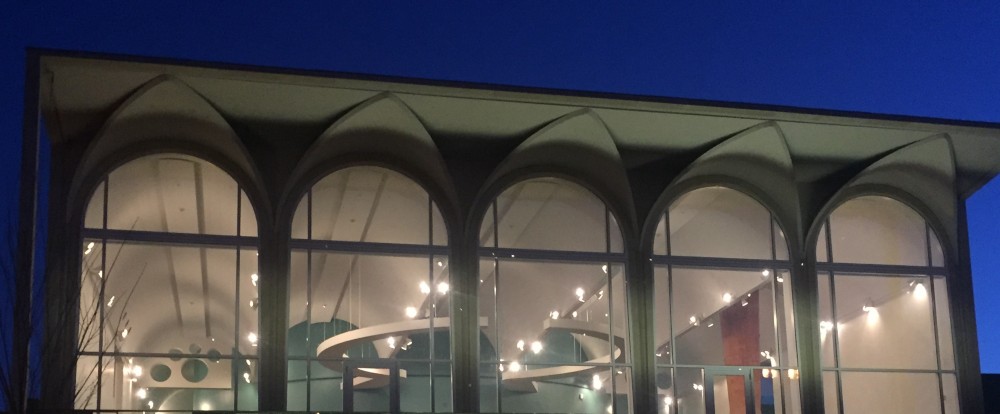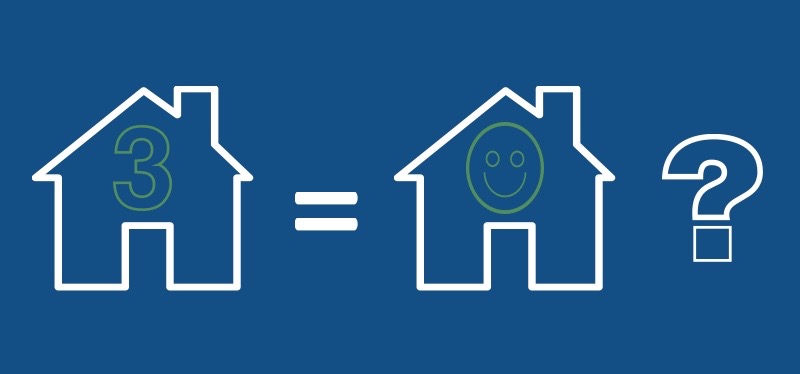This discussion about the Top of the Hop has already led to a new variation on the idea of a third space. However, this “self-contained” third space lacks the integral social component of third spaces, which could disqualify it from being a third space at all. Instead, this definition and description seem very similar to another term that has been in the vernacular for a long time. A happy place is defined by the Oxford Dictionary as “a place which a person associates with happiness, visualized as a means of reducing stress, calming down, etc.” By combining the previous definition of self-contained with this idea of a happy place, I think that it is accurate to say that a happy place is a place outside of home and work where an individual is “complete within themselves”. In simpler terms, a “self-contained third space” is really a synonym for a “happy place”.
To ground this connection in the focus of this website, take the Top of the Hop for example. Many of the students surveyed mentions the calmness of the Top of the Hop, especially compared to the more stressful environment of the library. The beautiful views and abundant natural light also lighten the mood and give the space a happier vibe. The convenience and accessibility of the Top of the Hop lessens stressors as well as the fact that people can be self-contained and just focus on whatever task they have at hand. Finally, the malleability of the space makes it open and inviting, and reassures any user that they can get what they need to done whether it is goals in working, studying, performing, or any other task possible for the Top of the Hop. All of these qualities relate to both the definition of a “self-contained third space” and also a “happy place”. Thus it serves as further proof that they two terms may actually be synonymous.
Usually when you ask someone to describe why somewhere is their happy place, they use vague phrases such as “it’s pretty there,” “I like being alone with my thoughts,” and “it makes me feel calm,” among others. Now, with this background and likening of happy places to self-contained third spaces, one could better explain why a place is their happy place. Perhaps even more importantly, they could make these connections for themselves. Armed with the extensive design concepts, literature, and analysis of third spaces, and the new definition and criteria for self-contained third spaces, one could make more concrete statements about why a space gives them that comfortable, happy place feeling. Furthermore, because they are able to identify distinct qualities about spaces that make them happy, people would know what to look for in other spaces if they had to find another happy place or were even just seeking out a place to relax for a moment. Thus, even though this concept of a self-contained third space is complicated, and this webpage has lead you through many steps before eventually making this term synonymous with another, familiar one, creating such a specific definition for happy place allows individuals to link their emotions to concrete design features and more successfully seek out other happy places.


